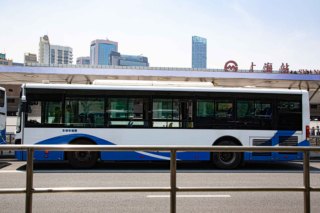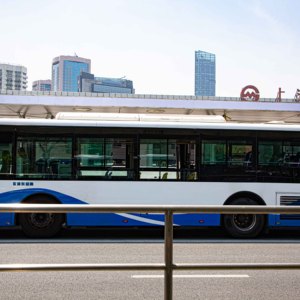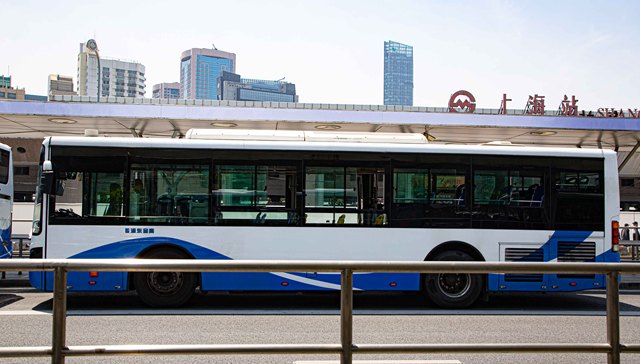By TANG Jun
News about public transit rarely generates national headlines but when a bus operator in Baoding, a small city in the northern province of Hebei, said it would cut service and even suspend some routes in July, people around the country began to notice a recurring pattern.
Batteries running out of steam
Earlier this year, the bus operator in Shangqiu, Henan Province, caused an outcry when it threatened to suspend services. Also this summer, the bus system of Huangshi, Hubei Province, also said it was in financial distress. All of them are populous, lower-income cities that invested hundreds of millions in electric buses between 2015 and 2017. Now the shiny new buses are rusting and have become too expensive to run.
All three operators cited reduced subsidies and falling ridership for their financial woes. Baoding Bus says it has been liquidating the eight-year-old electric fleet because batteries are too expensive to replace. As of July, 200 of its 591 buses have been sold, at an average of 58,000 yuan (US,000) each. New ones cost upwards of 500,000 yuan.

The situation in Huangshi is similar. All but one of its 142 buses are electric and were bought between 2016 and 2017. Now, their batteries are so worn out that sometimes the engines fail when the air conditioning is on.
Road to the future
China set out to electrify its bus systems in 2009. A program was piloted in Shenzhen and scaled up nationwide in 2015. The government assigned electrification targets and gave out generous subsidies, covering sometimes as much as 70 percent of the purchase prices. Operating expenses were also partly covered by the government. On average, operators received 60,000 yuan per bus per year.
Shenzhen switched to all-electric in 2017. Now 16,000 buses are running on 900 routes. Across the country, 65 percent of all buses are purely electric. If counting electric-gas hybrids, the electrification rate is as high as 77 percent.
Cheaper than the alternatives
The headlines call into question the financial worthiness of electric buses. LIU Daizong, a researcher at the Institute for Transportation and Development Policy, says the buses themselves are not the problem. If counting all the expenses throughout their lifecycles, electric buses are cheaper than diesel.
Without subsidies, an electric bus costs 1.8 million yuan over an eight-year period, about 200,000 yuan less than a diesel-engine bus. Total savings are even bigger if the operator is subsidized.
If charged during off-peak hours, which can be easily achieved through reasonable dispatching, power is cheaper than diesel on a per-mile basis. Batteries and maintenance are getting cheaper as technology improves. All these make the calculation more favorable for electric buses.
The reason so many operators are in financial distress is that ridership has fallen and they are taking in less just when batteries are all due for replacement. Ticket prices are capped because buses are a public service, so even in normal times, operators need the government’s help. Buses fall into disrepair if there is no money to buy new batteries.
New energy needed
Some manufacturers have come up with financing options such as battery leases to help operators spread the costs over a longer period of time. Sales of electric buses have halved from the 2016-2017 peak. Sellers need to explore new business models to attract new buyers and keep their current ones.
Protectionism can hamper the industry’s ability to innovate. Local governments sometimes force bus operators to buy only from companies that have built factories in their provinces, even though manufacturers elsewhere offer better deals.





